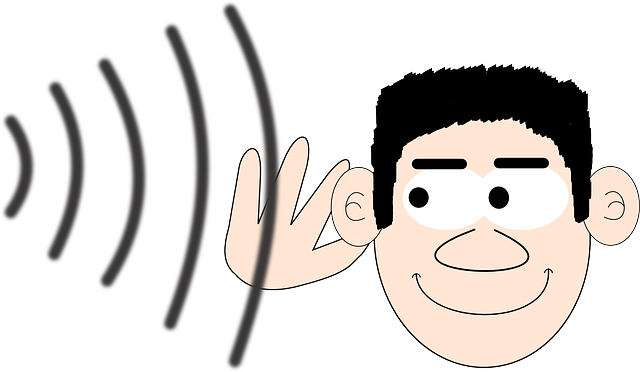Tommy, Can You Hear Me?*
To me, one of the most important ingredients in music performance is the interaction with the other musicians. But to interact everyone has to listen.
That's the downfall of far too many players. You know them -- those who play at you rather than with you. And it's no secret -- mostly, we bassists know our place in the universe, and that's not intended to diminish our role in the very least. We are supportive, we provide the foundation on which the music is built. We also work in partnership with the drummer (or in the case of bluegrass, we are the drummer) and lay down the landscape on which the other players plant. (Does that make us the grass in bluegrass?)
But that doesn't have to mean just robotically repeating a series of redundant patterns, over and over and over... oblivious to what's going on. It should mean listening to the other players and dialing back the dynamics (volume), playing a more crowded or rhythmic variation of the theme, or throwing in a more melodic, cello-like counter line. Or, it can be holding back the beat, doin' a funky hesitation hiccup, or emphasizing a passage... the variations are endless and depend on the type of music. This is really playing with the band, and I don't mean playing in the musical sense, but playing... y'know, FUN type playing, exchanging a volley of notes with the lead player, accenting beats with the drummer... I just love it!
But we have to be listening to them to pick up on their signals!
So the question you have to ask, is: are you a passive or active bassist? (and this has nothing to do with electronics) We perform in our role best by actively listening and playing heads up ball. That's how we can best support the band and help to make it a cohesive unit rather than individual musicians each marching to their own drummer. Visually engage the glazed-over eyes of the bored rhythm player and toss out a few "surprising" notes to get their attention. If that doesn't work, look around for something to throw at them. Or better yet, throw a couple rhythm changes at the drummer. Make him (her) listen to you so you can start to play together. And I do mean, play.
Keep it fresh!
 P.S. This advice is (perhaps obviously) aimed at folks playing contemporary music styles. When playing in an orchestra, you may want to think twice before following some of these suggestions.
P.S. This advice is (perhaps obviously) aimed at folks playing contemporary music styles. When playing in an orchestra, you may want to think twice before following some of these suggestions.
*The Who, many years ago
With the new version of Gollihurmusic.com (it's exactly 1 year old today!), some of our content has been cleaned out. So we're going through the archives of all the blog posts and articles we've posted over the years, and "reprinting" some of the gems that Bob and Mark have published on our website in the past. Enjoy!
Recent Posts
-
Pirastro's Perpetual Bass Strings - Do I want Stark, Medium, or some combination?
I just spent the time writing this up to post in a thread at Talkbass, so I figured I'd also share i …Nov 12th 2025 -
Preserving our Humanity
Our site has a very distinctive style and flow. And that comes from our longtime dedication to being …Sep 3rd 2025 -
What can Brown do for you? Nothing good, at least lately.
I really don't think I've ever publicly called out any other companies, so this is a first. But I've …Aug 13th 2025




